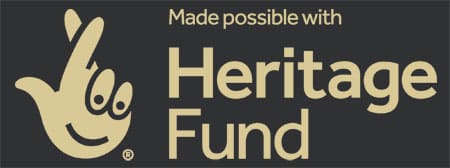The earliest versions of the wheeling machine were thought to have been used in France in the 1500s to make armour. However, it was the 1800s in Britain that saw them in wide use in manufacturing. They were used for a wide range of applications where a double, or compound, curve was needed in sheet metal.
By the early 20th Century the car was becoming popular and the wheeling machine was a low cost way to produce the curves needed for car bodywork. Skilled coachbuilders and panel beaters would produce panels for high end cars. Ranalah, Besco (FJ Edwards) and Kendricks were some of the main companies producing wheeling machines.
With the increase in aviation came the need for more bespoke panels and most of the skills moved from coach built cars to making aircraft.
Up until the 1980s, the panel beater would have been considered a skilled craftsman but as lower cost production methods became available, such as mass- produced pressed components, fibreglass and high-tech composites, the use of wheeling machines declined.
Today they are still in use in classic car restoration and specialist coachbuilding.






